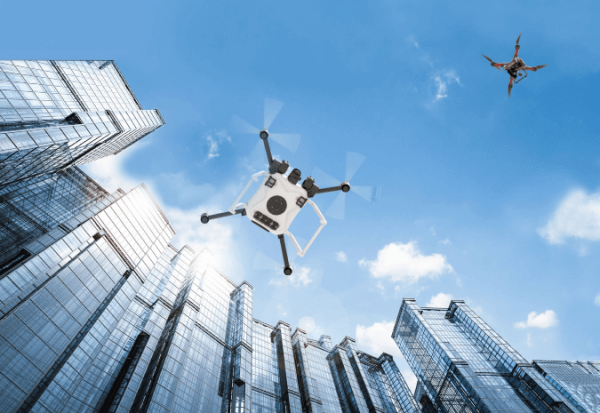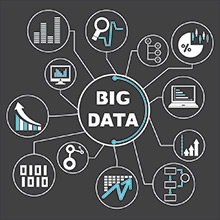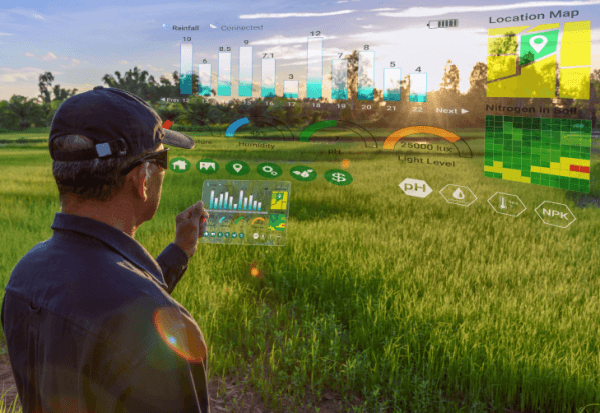Have you ever imagined how the skies would look like in the next ten years? While only a decade ago, few had heard of drones at all. With the advancements in drone technology, one might see drones bumbling around apartment balconies delivering food and goods, hovering around the kid’s play area and the corridors of the living spaces with multiple drone ports in and around.
And drones are no longer a prop for a Marvel movie climax or a Hollywood espionage thriller. They are a reality that is poised to change the world with the application of technology. However, there are several doubts about how such a significant shift in airspace would impact the lives and security of civilians in any region.
Introduction
Drone technology has been in the spotlight mainly because of the diverse use cases it makes possible. It is used in businesses such as agriculture, forestry, surveying, infrastructure inspection, utilities, chemicals, construction, delivery, mining, insurance, healthcare, manufacturing, and many others. According to the Allied Market Research report, the commercial drone market is to garner $10.28 billion across the world.
Drones are already demonstrating their significance in several consumer, commercial, economic, and defense scenarios. These developments deliver great value while transporting goods/people, gathering site data, or responding to emergencies. It will lead to the dominance of drones in the skies with the massive increase in the volume of air traffic and fill the vacant space that is left in the earth’s troposphere.
Integrating drones into airspace presents various challenges technically and operationally. As the number of self-piloted drones continues to grow, ATM (Air Traffic Management) systems are unable to support millions of drone flights. An ATM (Air space management) always deals with trusted communication and enables surveillance along with tried and tested solutions.
But for drones to succeed in the long term, it is important to manage the airspace and establish the standards for all the stakeholders which include identifying the role and responsibilities, two-way communication channels, surveillance, real-time tracking, and enhanced situation awareness, etc. to position and monitor drone movements in the skies.
Across the world, one challenge that the states and governments are facing is how do they integrate the drone into civilian airspace in a safe and secured way. A popular solution to this is the Unmanned Traffic Management (UTM) framework.
What is Unmanned Traffic Management (UTM)?
An Unmanned Traffic Management (UTM) securely incorporates drones into the airspace by integrating authorities & drone operators, pilots, etc. It is to drones what ATC (Air Traffic Control) is to aircraft. Authorities in real-time can control No-Fly zones, visualize, and approve or reject flight plans. It helps operators and pilots to schedule, validate, and track their activities and flights.
UTM is a bit different than the air traffic control system used by government commercial airplanes. UTM groups in multiple flight plans of the various operators that are digitally connected and bound by regulations imposed by governments or UTM managers. It is a networked collection of services that communicate together based on a few simple rules without relying on unified control. UTM frameworks use the principle of disseminated authority, which opens the system to more service providers who can make changes based on market needs.
How is the Unmanned Traffic Management (UTM) framework evolving?
The UTM framework is a dynamically segregated airspace without compromising on the safety, security, or privacy of the person on the ground. A UTM framework should facilitate conformity between manufacturers, service providers, and drone users to build a system that is aligned to current ATM systems. Hence, the UTM ecosystem is envisaged to be a vital requirement to expand the existing ATM Systems. Also, it plays an important role by aiding remote pilots and governing the traffic of drones across the designated UTM airspaces.
As UTM systems are essentially software-based and automate the majority of UAS traffic management activities, they would allow for large-scale drone operations while also providing the following significant benefits:
- Reliable and quick authorizations to the drone users.
- Enhanced situational awareness and monitoring of low-altitude airspace.
- Avoiding conflicts between drones and traditional aircrafts within UTM designated airspace.
- Continued safety of air traffic and common people on the ground.
How is it transforming the future?
UTM services is not just an academic concept but is being implemented practically. The system which is in place today and the incremental iterations will affect the next generation of people using the air traffic control system. The companies and government entities are working with UTM enablers to establish standards, set new regulations, and forge relationships. The next several years will be pivotal in gaining a competitive edge.
Drones have been harnessed in a major way as part of the COVID-19 pandemic by leveraging the technology to modify current service delivery and improve safety and capacity levels without relying on manual delivery.
Based on the UNICEF guidelines report, there are three critical applications of drone technology that helped to fight Covid-19:
- Covid sample pickup and transportation of medical supplies to minimize delivery times and virus exposure.
- The use of aerial spraying to disinfect public areas which are potentially contaminated.
- Public space surveillance to monitor people and ensure CAB (Covid Appropriate Behavior).
Conclusion
It takes real effort to build a robust UTM framework. And it needs collective work from governments, policymakers, and software enablers to work together to make the imaginations a reality. We, at Happiest Minds having put our skin in the game, believe that the pact between technology and drones is quite significant, and its usage will only get increase with time.
Drone technology is developing at a rapid pace, and it will play a pivotal role in breaching new frontiers of aviation technology. The coming decade is likely to witness a significant drone fueled disruption whose impact will only be rivaled by other futuristic technologies like self-driven cars. We at Happiest Minds sure look forward to doing our bit in accelerating the journey towards such exciting times.

is a Product Manager – Product Engineering Services at Happiest Minds Technologies with hands on experience in business analysis across all phases of the product life cycle. He has played various roles across the product management spectrum with a strong interest in AI & drone related technologies, P2P lending and HealthTech.
Tarun holds a bachelor’s degree in computer science and engineering and a master’s degree in Product Management. He believes that a combination of innovative technology solutions and disruptive business models is the key to achieving sustainable business transformation.








